The distance from Agadir in Morocco to the Canary Islands is about 220 nm, so if we could average about 6 knots over this distance, we should be able to do the distance in about 37 hours. We arranged with the Moroccan Border Police, to check out at 7am on Monday the 2nd December, in order to have a two day and overnight crossing and arrive in the Canaries before dark the next day. The Police did as arranged, but Customs were fast asleep, so we only left at 8am.
The first 10 hours were quite pleasant with hundreds of dolphins swimming and playing around Esprit, as we sailed away from North Africa. Then the weather turned nasty – either we had made a mistake with the GRIB files we downloaded, or the Predictwind and Windy forecasts were hopelessly wrong. Either way, we fully reefed the mainsail and furled the jib to about 10% as the wind picked up to 40 knots. For the next 20 hours, we had the worst conditions imaginable.
The Gulf of Lion in France previously rated tops in bad weather for us, but this was to put it mildly, sh1t! With swells coming at us from the North west like rows of double storey blocks of flats, combined with squalls of rain and lightning, we only managed alternating one hour watches through the night, sometimes hitting 12 knots surfing down the waves. I was worried about the solar panels and the bimini being blown off, while Annie was worried about us getting injured as we were thrown about the boat. Often a large wave would break over the boat and swamp the cockpit with water.
Daylight came at 8:15am which was a relief, as we could at least see and anticipate the breaking waves. We arrived at La Graciosa Island, north of Lanzarote Island in the Canaries after 31.5 hours, having covered the 220 nm at an average speed of nearly 7 knots/h. It was a relief to be allocated a berth in the small marina to have a hot shower, dinner and a stiff Irish coffee before hitting the bed for a good night’s sleep.
Graciosa is quite a special island, being a protected nature reserve with low key developments and no tarred roads – a bit of a lunar landscape. The sort of place where you could disappear for a week and enjoy the peace and quiet. The day after our arrival, Jonny and Tina on Paikea arrived, having done a long crossing from Gibraltar and missing some of our bad weather. We chilled out for four days, enjoying walks, croissants from an excellent little bakery and coffees on the quay.
Arrecife and Rubicon on the on the East coast of Lanzarote provided us with sheltered anchorages before we crossed to the East coast of Fuerteventura with two further stops at Gran Tarajal and Morro Jable. The final leg was to Las Palmas on Gran Canaria Island. We managed to master the Hydrovane windvane steering on the 150 nm trip and I have to admit – it’s like having another crew member on board. Good, for when it’s just the two of us, to share watches.
We arrived in Las Palmas on the 11th of December after a robust 58nm crossing from Fuerteventura, averaging 7.5 knots over the distance. With some 1,250 berths at the Las Palmas Marina, we thought that after the start of the ARC rally in late November, there would be plenty of berths available – no luck, we were placed on a waiting list with 40 other boats already anchored in the bay, adjoining the marina.
While calling the fuel berth in the marina on VHF 11, to tie up and fill up with diesel, Robbie and Bev Collins from the USA on Mersoleil recognised my voice and called back inviting us for dinner. What a small world – we had met in Cochin, India and later caught up in Cape Town. Whilst we opted to sail through the Red Sea, they went the long way around the Cape and then across to the Med. We will probably be sailing to the Caribbean around the same time.
After two days on anchor in the harbour, we were allocated a berth in the marina. This was a relief, as we had work to do on the boat as well as stocking up with groceries, gas and diesel. The marina was buzzing with crews on their boats getting ready to do their Atlantic crossings – quite exciting. There was also a constant stream of young people coming past, looking for berths to get to the Caribbean.
Australian, South African and UK sailors doing their departure planning.
On the 15th December our daughter Michelle, arrived from London to join us for the Atlantic crossing. Fortunately for us, she was between finishing her London contracting job and starting an assignment for United Nations Women in PNG in February. Being an avid sailor, she wouldn’t miss the opportunity to do and ocean crossing and getting to know Esprit better. Karen would have joined us too if she wasn’t committed to travelling with her beau Evan, in South America and Cuba at present, .
Although the wind is pumping from the south at present, we are looking at setting sail around the 18th December when there appears to be a good weather window to head south to the Cape Verde islands and pick up the easterly trade winds across the Atlantic.
For those interested, you can track us on this link:
https://forecast.predictwind.com/tracking/display/Esprit3
Merry Christmas and all the best for 2020!
Cheers
Annie, Michelle & Dirk
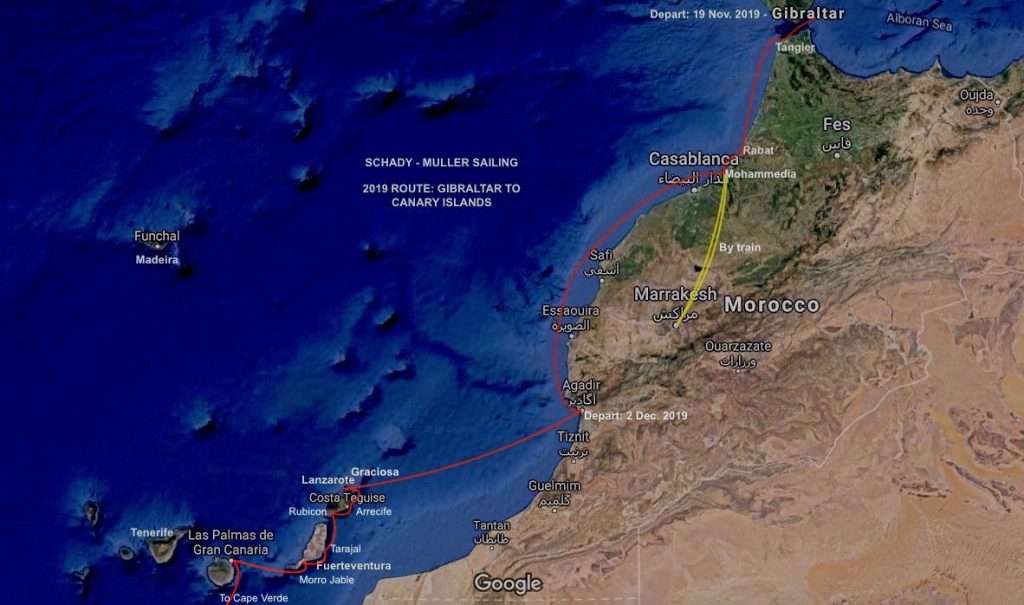
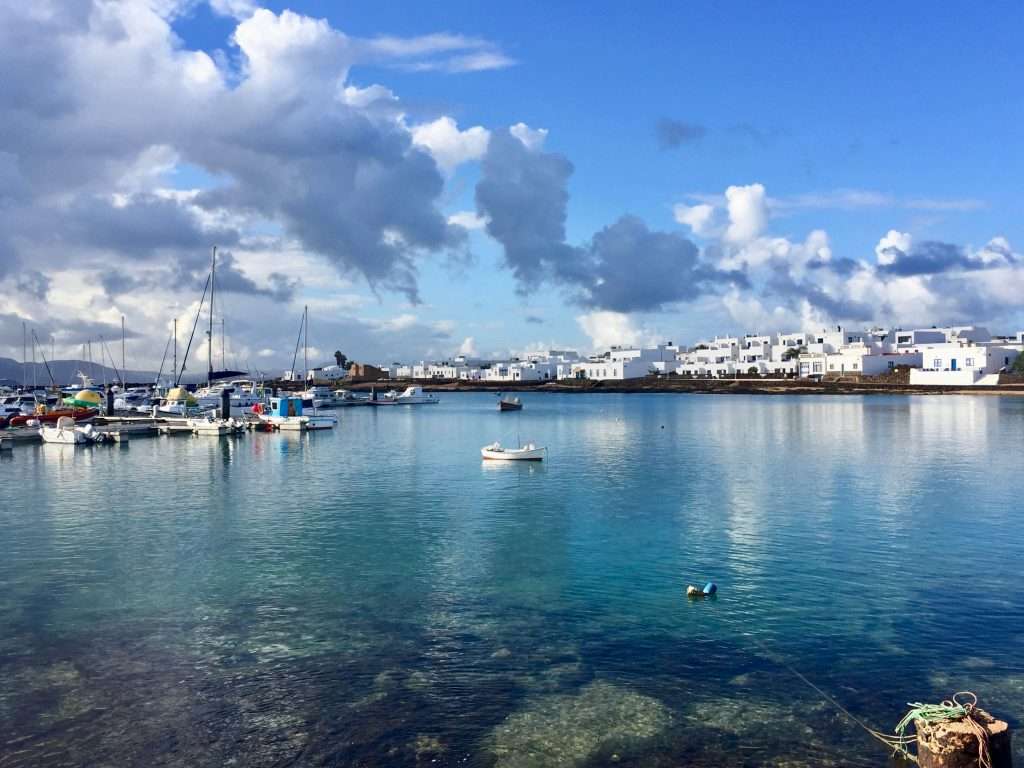
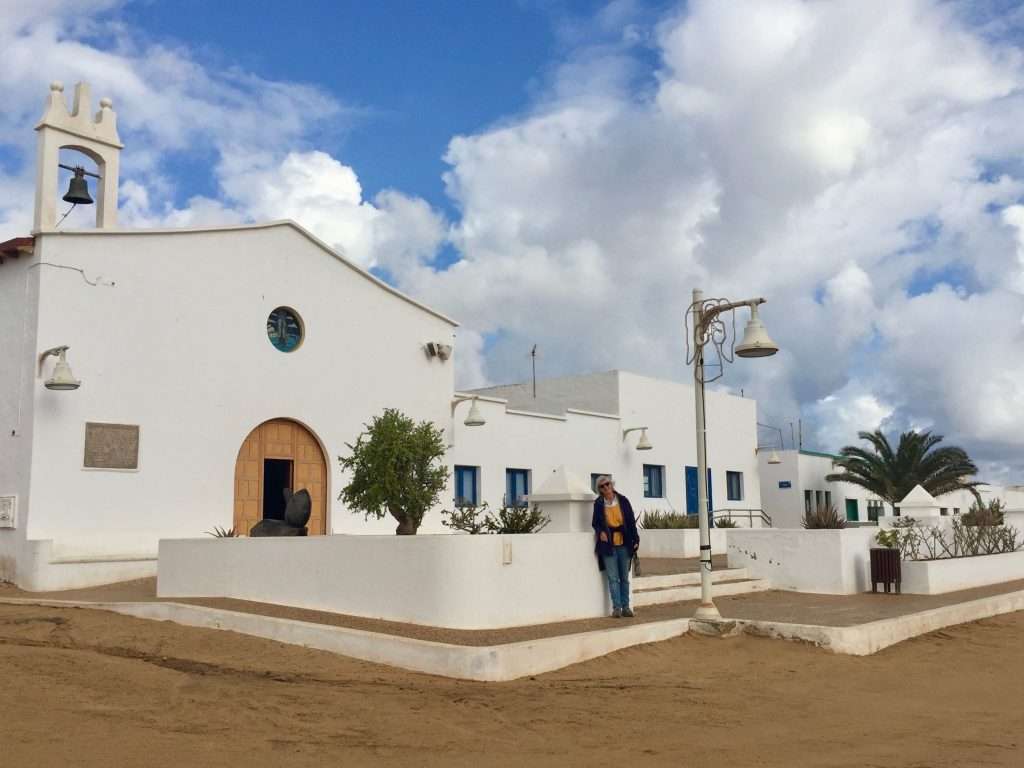
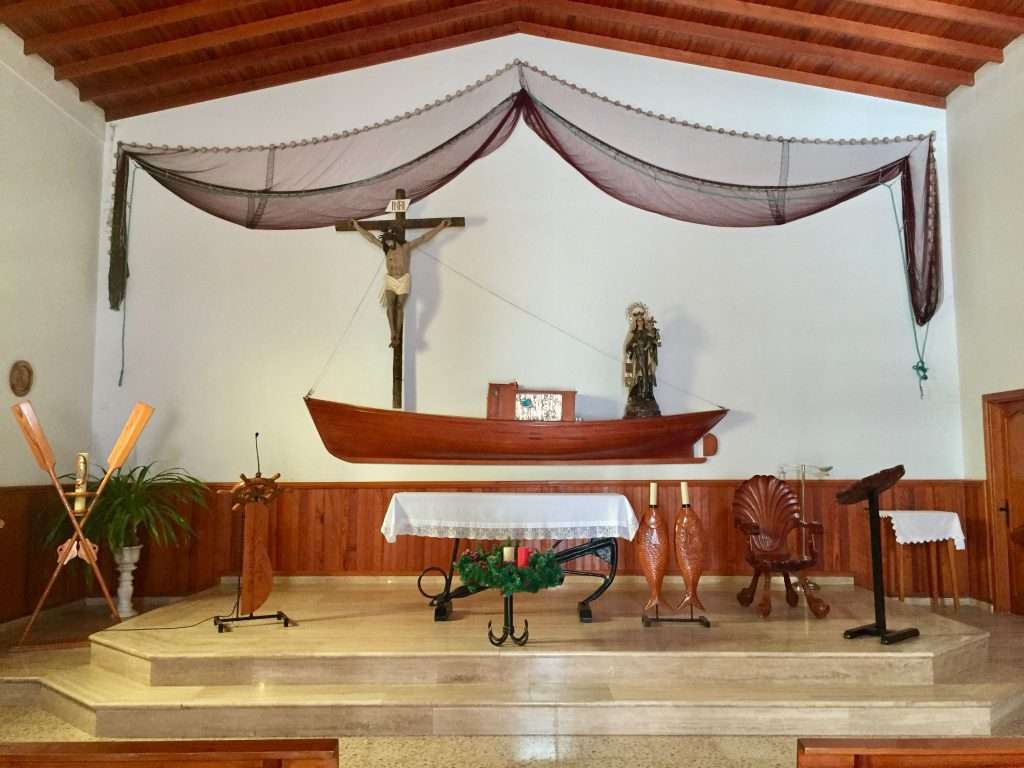
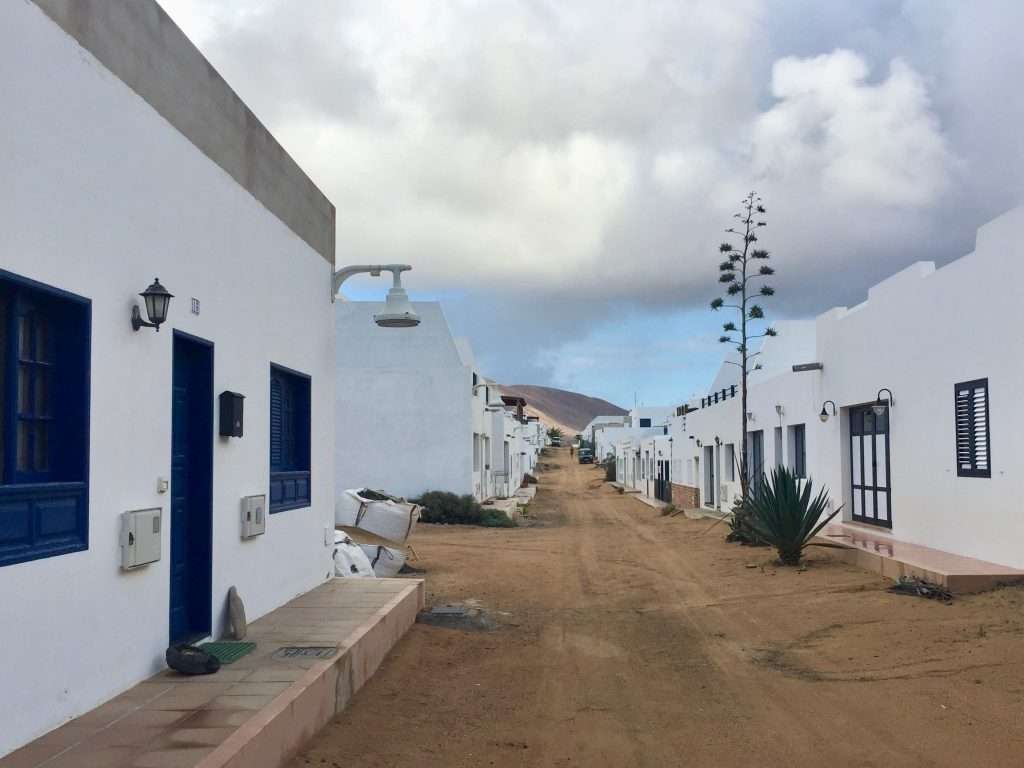
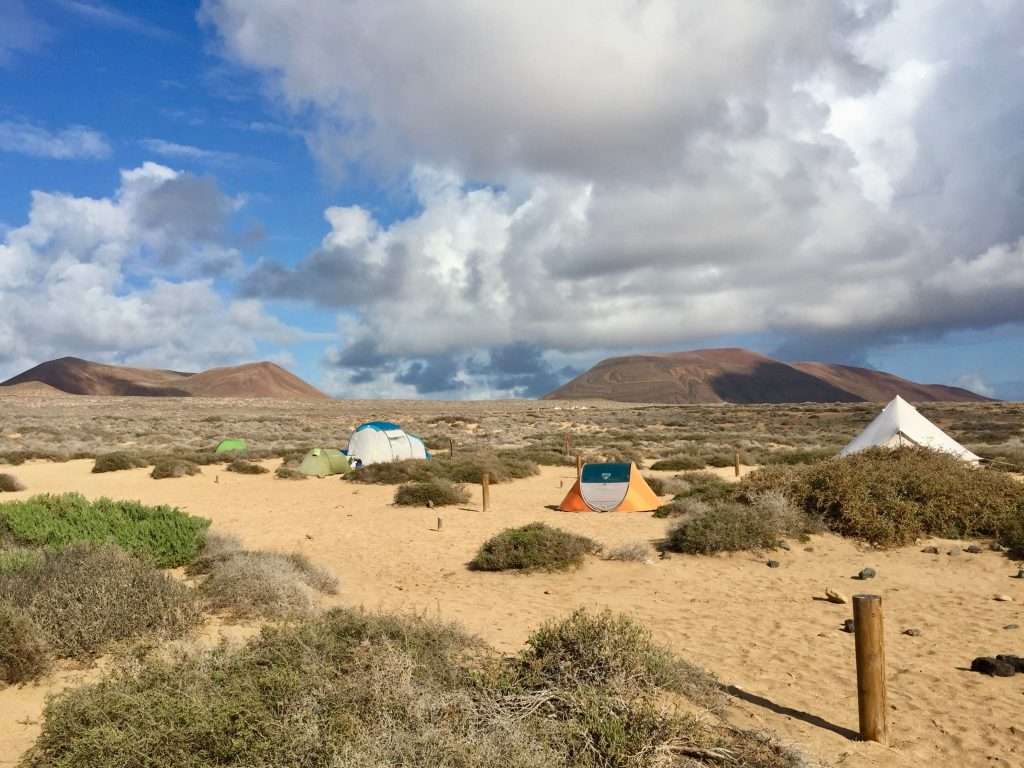
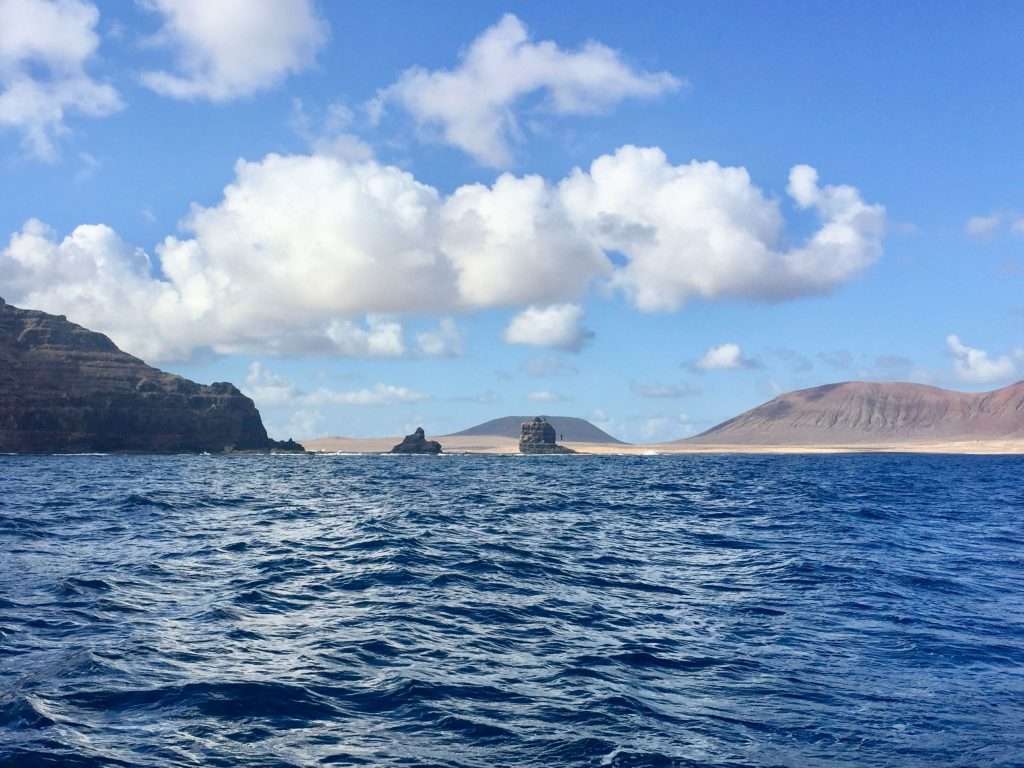
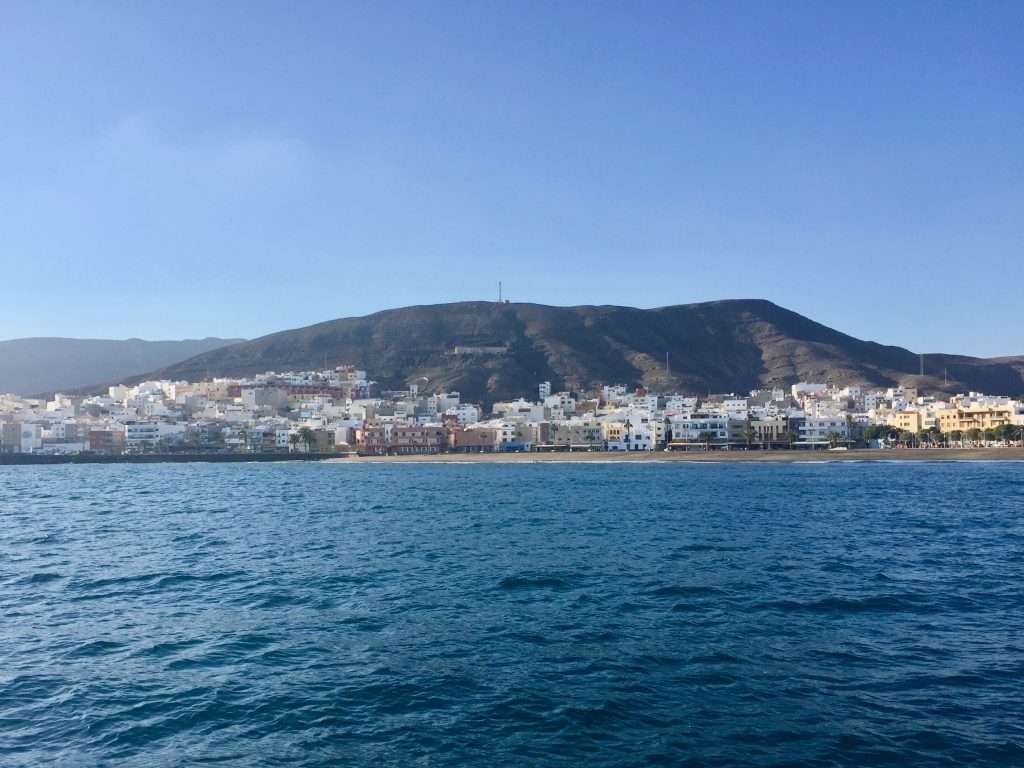
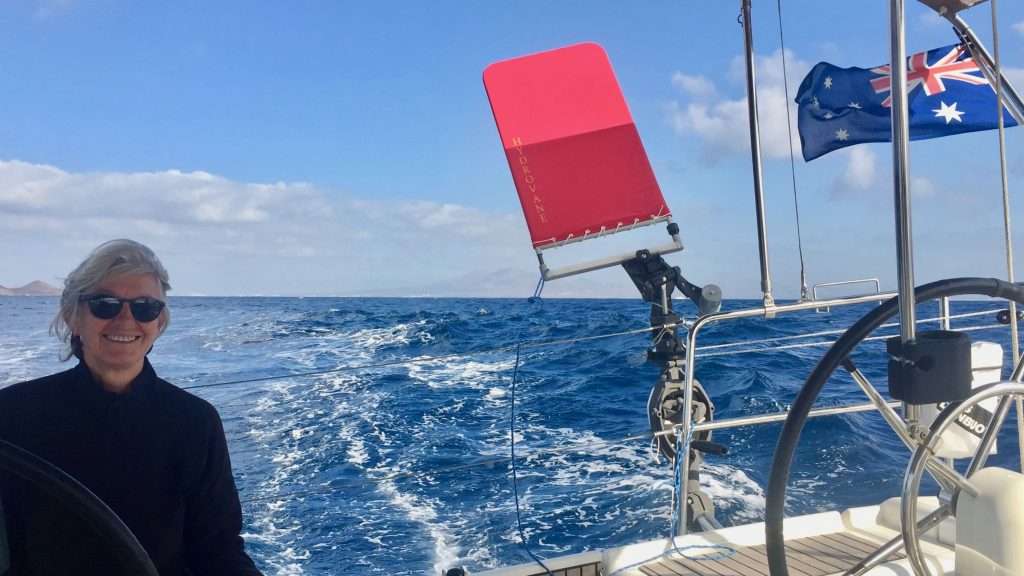
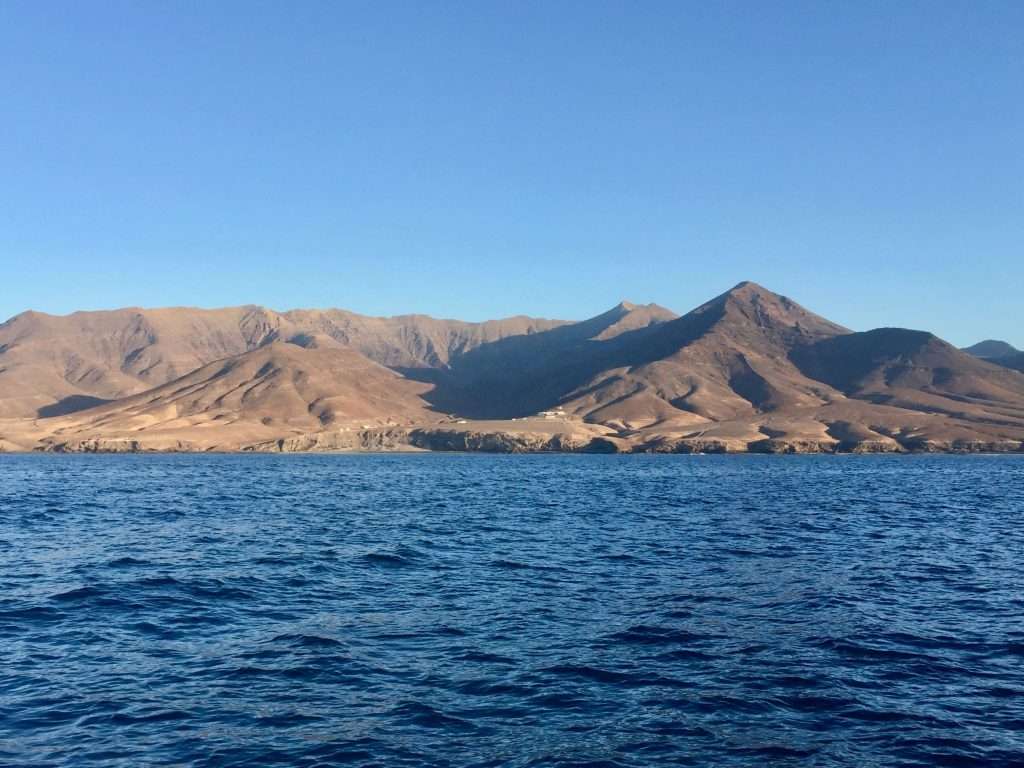
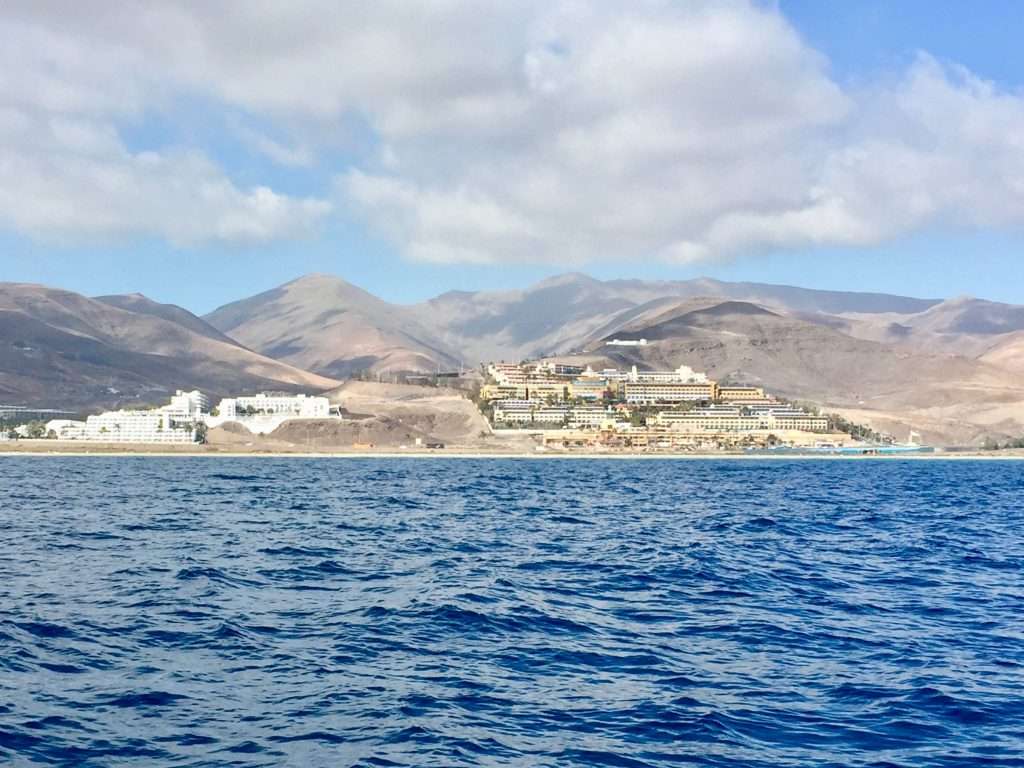
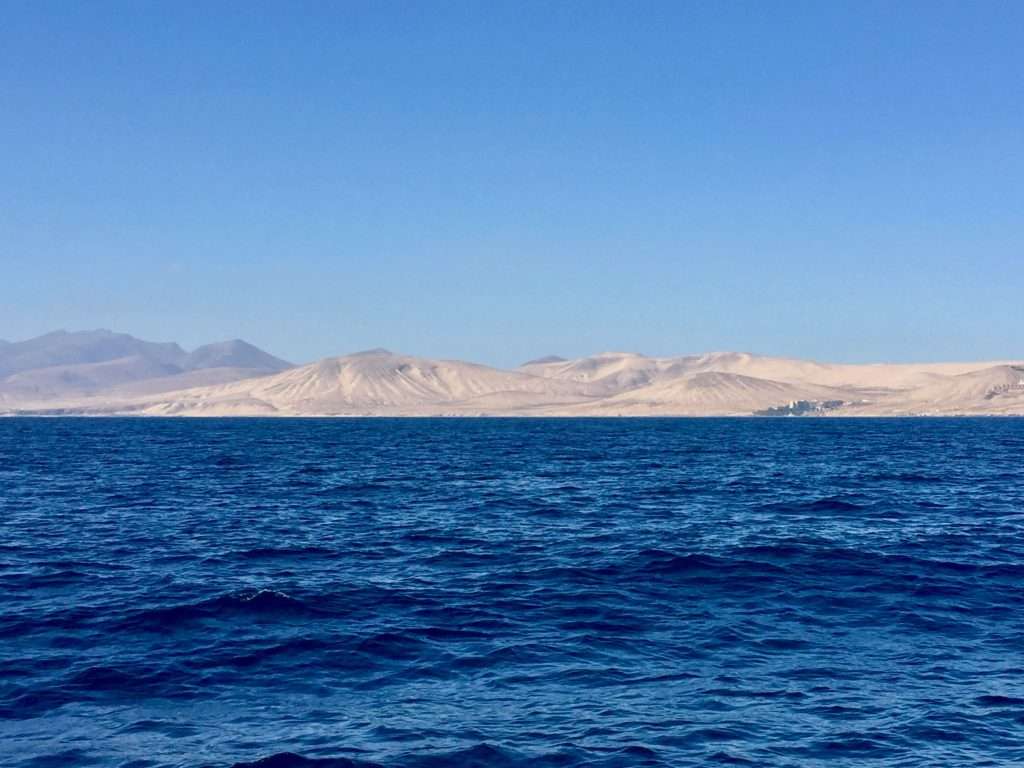
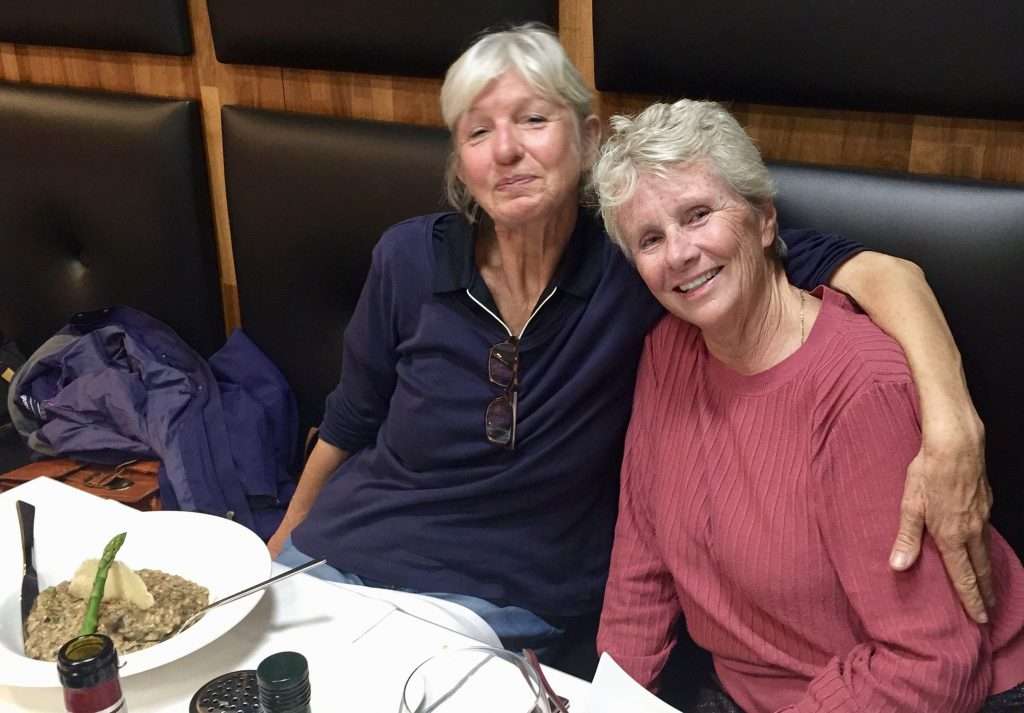
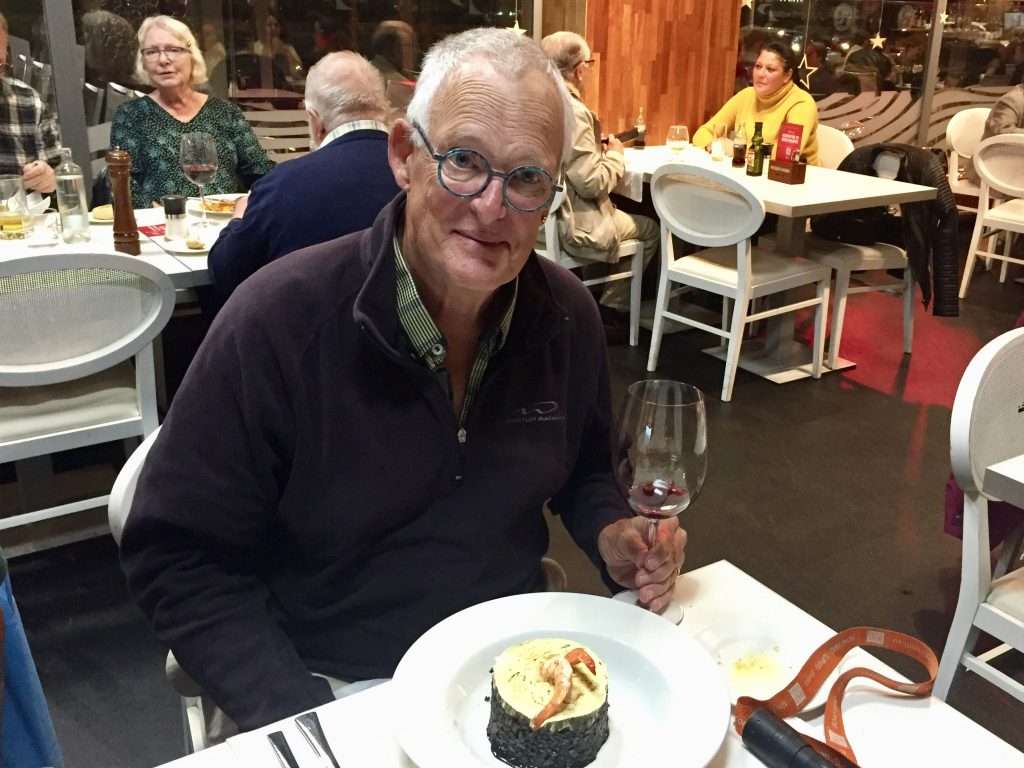
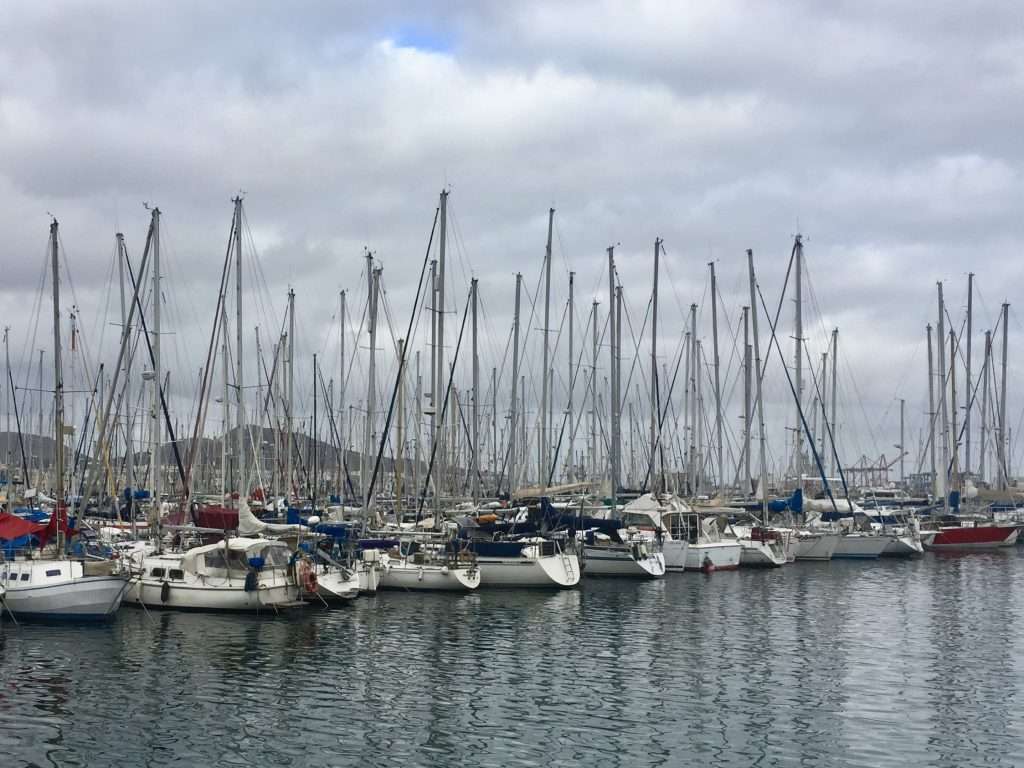
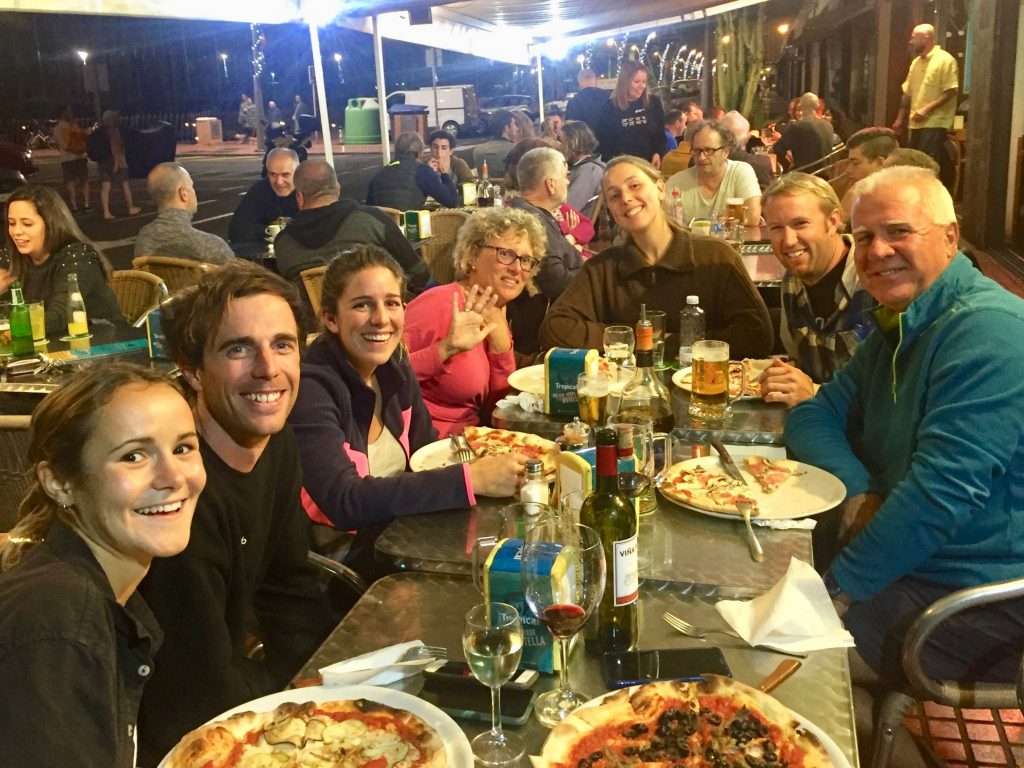
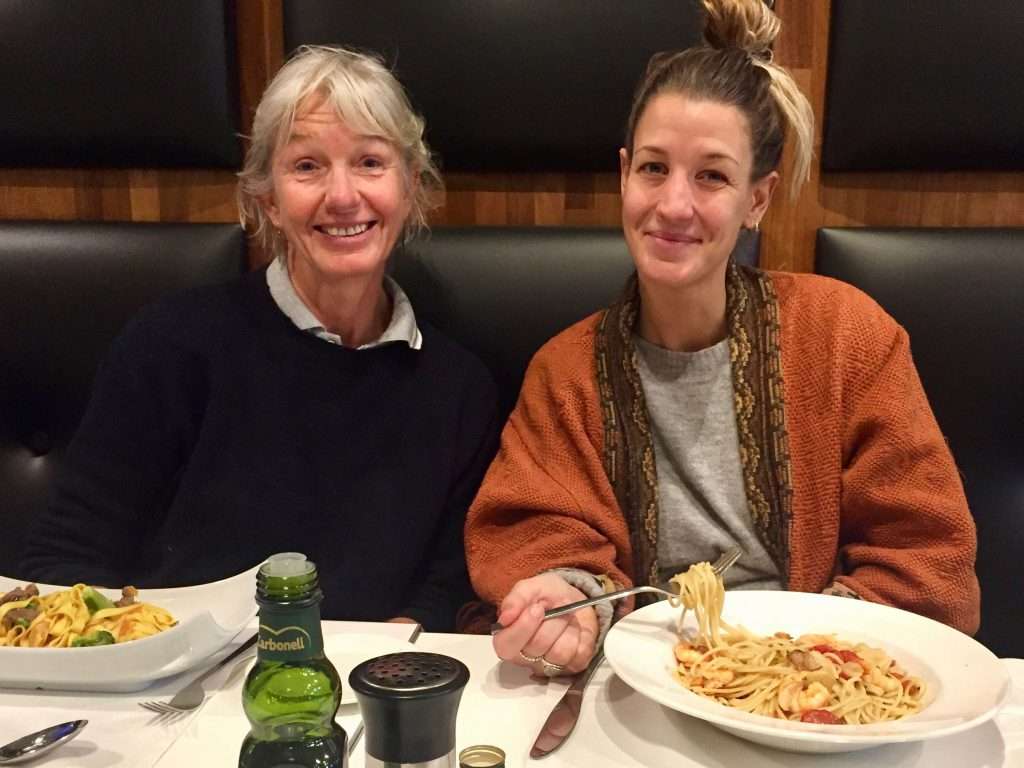
I remember those Atlantic rollers from the North West. I broke my forestay 600 nm from Portugal on way from Azores. We calculated height of 55 feet. stayed below for 3 days. Hectic.
I’m sure your crossing will miss all of that and with following winds it is going to be a doddle. Or at least I hope so !!
Sail well and be safe. I know you wont do anything stupid. With 4 of you aboard including Harry, who should count for two crew at least !! you are in for a great experience.
Go well and we will be following you.
Cheers,
Dave and Patricia.
Your experience sounds frightening. So pleased you survived..!